| History Group [ Home] [ History] [ Archaeology] |
Visit to DurobrivaeFor maps and detailed images, see booklets produced by the St. Kyneburgha Building Preservation Trust for a guided walk by Dr. Stephen Upex. As part of our Lottery Project, we joined a tour of Durobrivae and Caster (near Peterborough), led by Dr. Stephen Upex. These notes were compiled following the visit. An unassuming field of dandelions conceals the remnants of a once thriving Roman town. It had been thought that the town developed as a vicus to a nearby fort but the fort was active for only a very short time and probably was built solely to support the construction of Ermine Street and the River Nene crossing. 'Durobrivae was the centre of the largest industrial complex known in Roman Britain.' (Pastscape). At its height, 8-10,000 people lived and worked in the extensive area of town and suburbs. The combination of bridgehead over the River Nene, access to waterways and of course the strategic north-south route of Ermine Street provided a constant supply of customers and access to markets outside the immediate locality. The suburbs, to the north, south and west of the town, were a hive of industry with ironworking (iron ore sourced from Northamptonshire just a few miles away) and pottery known. Castor Ware - Lower Nene Valley Grey Ware and the later LNV Colour Coated Ware were produced in a great number of kilns and exported throughout Southern Britain and beyond. Much of the Roman pottery so far found in Covington is of these two types - hence our visit to Durobrivae. These industries resulted in Durobrivae becoming very prosperous - there are also a number of significant villas close by. A measure of the importance of the town and its situation straddling Ermine Street is the fact that Emperors Hadrian, Septimus Severus and Constantine the Great would have visited there and that the town had the status of 'civitas' - a form of self-government within the Empire. Prominent public buildings to support this status have yet to be excavated but aerial photographs show the existence of potential targets (see accompanying booklet). All that can be seen on the ground are suspicious shallow mounds where rubble is now covered by turf. An intriguing discovery of silver - the earliest known Christian silver in the Empire - raises more questions about the significance of this town and the possibility of the existence of a very early church. Nearby, in Caster itself, was the second largest known Roman building in Britain - the praetorium. It is thought this was the administrative centre for the Imperial Estate of the Fens from 250 until its demise in the fifth century. Before 664, it became the nunnery of St. Kyneburgha (one of the daughters of King Penda of the Mercians). The village church, dedicated to St. Kyneburgha, is made from the praetorium. Fragments of the herringbone core of the praetorium walls can be seen around the village. Sources: For more information, have a look at St Kyneburgha Building Preservation Trust. |
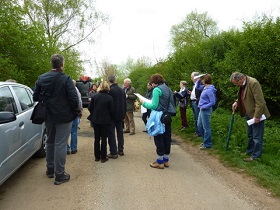
|
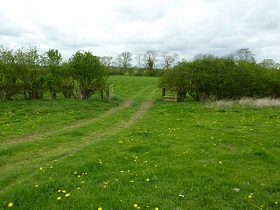
|
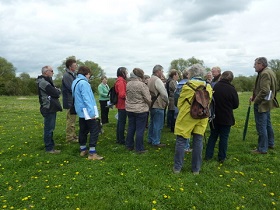
|
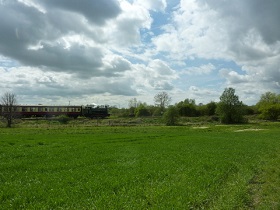
|
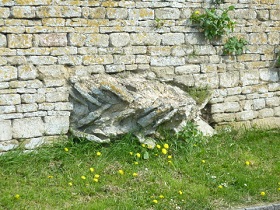 |
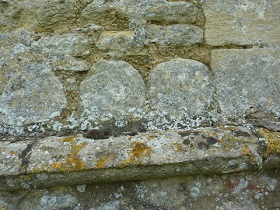 |
